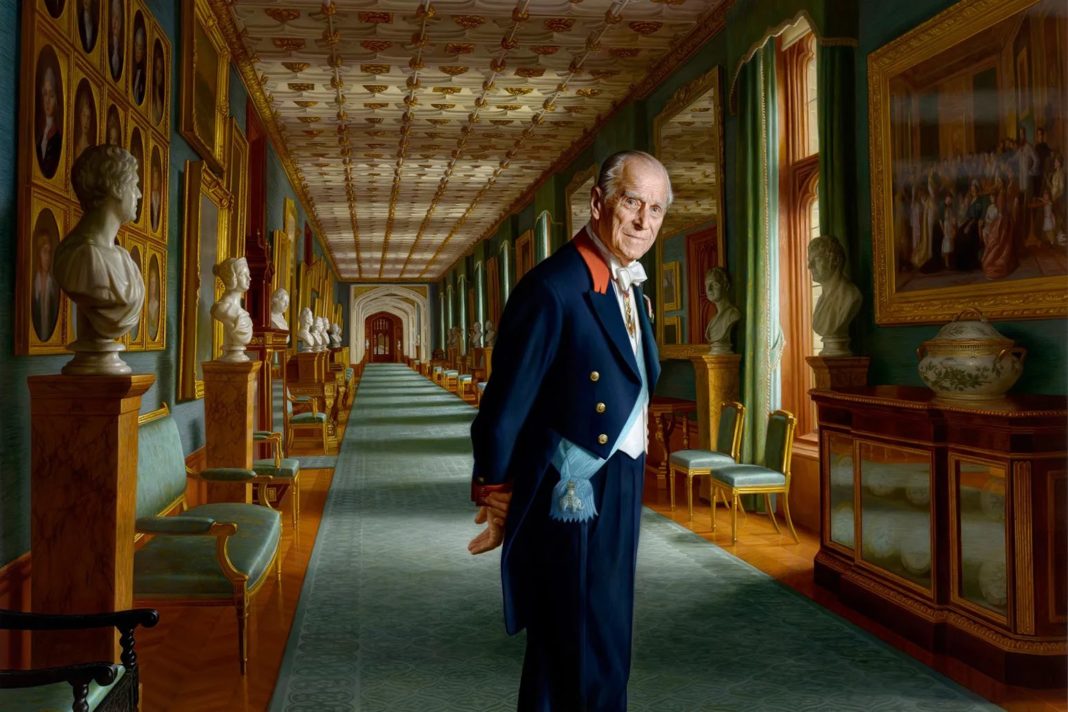His Royal Highness Prince Philip has died, according to Buckingham Palace.
The Duke of Edinburgh, Prince Philip, has died at the age of 99, according to Buckingham Palace.
“It is with deep sorrow that Her Majesty The Queen announces the death of her beloved husband, His Royal Highness The Prince Philip, Duke of Edinburgh,” the Palace said in a statement.
“This morning, His Royal Highness died peacefully at Windsor Castle.”
For more than 70 years, the duke was married to Queen Elizabeth II, becoming the longest-serving consort in British history.
Philip had returned to Windsor Castle on March 16 after spending nearly a month in hospital – his longest hospital stay ever.
He was treated for an infection at first, but then had a heart procedure for a pre-existing condition.
During his stay at King Edward VII Hospital, he was visited by his eldest son, Prince Charles, who traveled 200 miles round trip to see his father.
Throughout his 90s, the Duke maintained a busy schedule of public appearances that reflected his own charitable interests.
He also accompanied the Queen on state occasions and royal visits across the country.
He was in relatively good health for a man his age.
He was admitted to the hospital for treatment of a blocked artery over Christmas in 2011.
During the Queen’s Diamond Jubilee in 2012, he was admitted to hospital with a bladder infection, and in 2013 he underwent an exploratory operation on his abdomen.
But it wasn’t until May 2017, after more than 20,000 solo public appearances, that the 96-year-old retired from his own royal duties, occasionally stepping out to support the Queen at major events.
There have been no official details released about the Duke’s funeral, but it is understood that he will be given a royal ceremonial funeral rather than a state funeral, as he requested.
In the coming days, the Queen will sign off on the final plans.
In 1921, Prince Philip of Greece and Denmark was born on the Greek island of Corfu.
At the age of 18, the prince enlisted as a cadet in the Royal Navy.
During WWII, he saw active service in the Indian Ocean and the Mediterranean, and he was mentioned in despatches for his bravery.
Prior to his marriage to Princess Elizabeth, he renounced his Greek and Danish royal titles, took the surname Mountbatten, and became a naturalised British subject.
Their wedding was the first major state event following the end of World War II.
His devotion to the Queen was unwavering. He gave up his Navy career to support her in her role as monarch.
Prince Philip has been described by the Queen as her “constant strength and stay.”
He was a much-loved grandfather and great-grandfather to his four children, Charles, Anne, Andrew, and Edward.
He saw himself as a moderniser within the British monarchy, orchestrating the first royal walkabout – but he was also known for his outspoken opinions and off-the-cuff remarks.
Prince Philip’s concern for young people inspired him to establish the Duke of Edinburgh’s Award Scheme, and he supported over 800 charities and good causes, with a focus on his interests in wildlife conservation, technology, and sports.
Since the 1940s, Prince Philip has been an ever-present figure in the life of the United Kingdom, and he has left a significant legacy.



